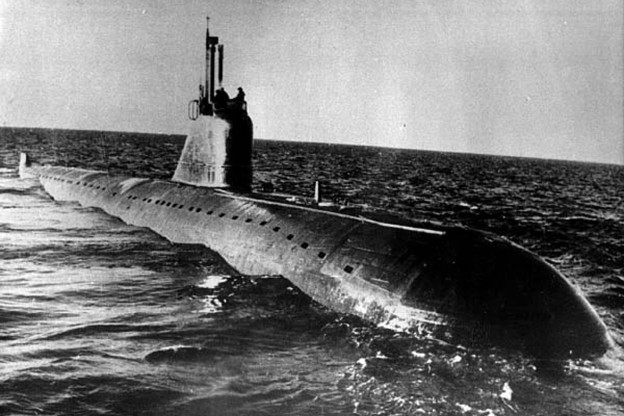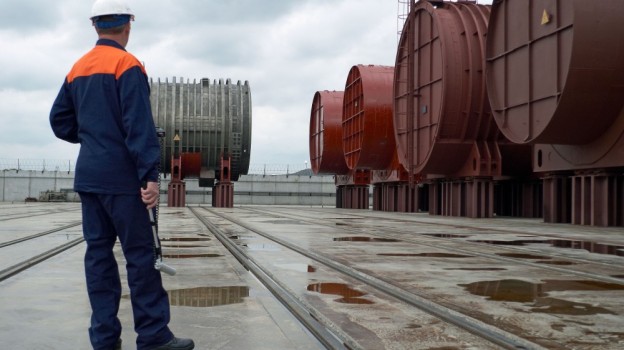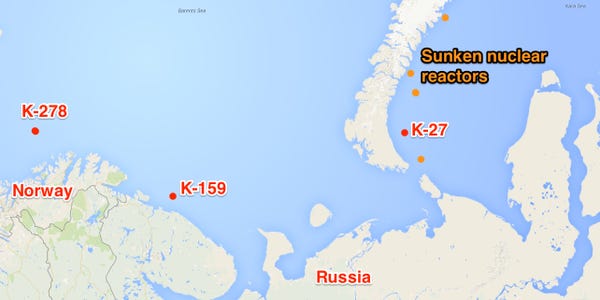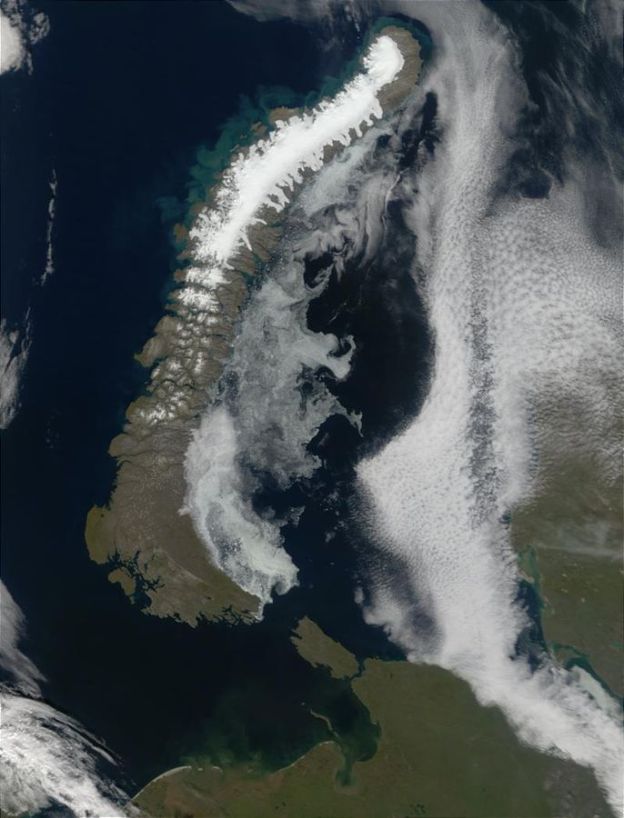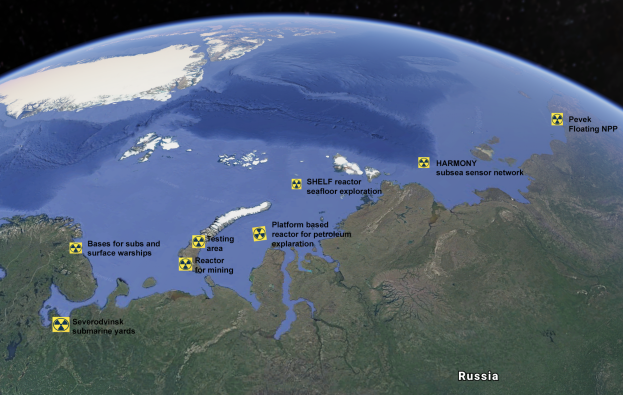Projects aimed to improve nuclear safety are some of the few successful arenas for cooperation still going strong between the European Union and Russia…especially wiht regard to the two old Soviet submarines K-159 and K-27, both rusting on the Arctic seabed with highly radioactive spent nuclear fuel elements in their reactors…
“The sunken submarines K-27 and K-159 are the potential source of contamination of the Arctic, the riskiest ones,” Ambassador Jari Vilén of Filand explains. “Assessments made by the European Union together with Rosatom show that in 20-30 years’ time the metals will start corroding and there is a genuine risk of leakage. Therefore, lifting them in the coming decade is extremely important.”
“I’m very happy we are making progress and that a decision to make a technical review has been decided by the European Bank for Reconstruction and Development (EBRD) through the Northern Dimension Environmental Partnership. Hopefully, when these technical reviews are done, we will come to a phase where we can make decisions on a lifting operation,” Vilén says with enthusiasm.
Lifting a nuclear submarine from the seabed is nothing new. It is difficult, but doable. In 2002, the Dutch salvage company Mammoet managed to raise the ill-fated “Kursk” submarine from the Barents Sea. A special barge was built with wires attached underneath. The wreak of “Kursk” was safely brought in and placed in a dry-dock where the decommissioning took place.
K-159 is a November-class that sank in late August 2003 while being towed in bad weather from the closed naval base of Gremikha on the eastern shores of the Kola Peninsula towards the Nerpa shipyard north of Murmansk. The two onboard reactors contain about 800 kilograms of spent nuclear fuel, with an estimated 5,3 GBq of radionuclides. A modeling study by the Norwegian Institute of Marine Research said that a pulse discharge of the entire Cesium-137 inventory from the two reactors could increase concentrations in cod in the eastern part of the Barents Sea up to 100 times current levels for a two-year period after the discharge. While a Cs-137 increase of 100 times in cod sounds dramatic, the levels would still be below international guidelines. But that increase could still make it difficult to market the affected fish.
K-27, the other submarine in urgency to lift, was on purpose dumped in the Kara Sea in 1982….
Lifting the dumped reactors from the Kara Sea, a price tag of nearly €300 million has been mentioned. The sum includes K-27 and K-159, but also the other dumped reactors from K-11, K-19 and K-140, as well as spent nuclear fuel from an older reactor serving icebreaker “Lenin”. “The value of the fishing stocks in the area is ruffly €1.4 billion annually,” he says.
Excerpts from Thomas Nilsen, EU willing to co-fund lifting of sunken nuclear subs from Arctic seabed, The Barents Observer, Nov. 22, 2021
